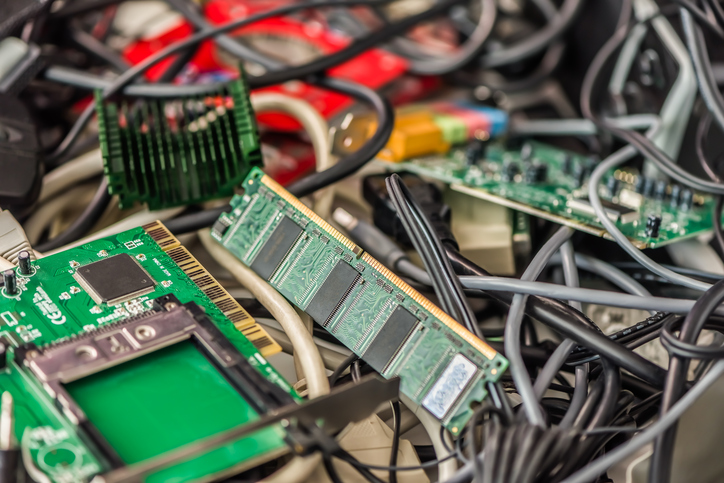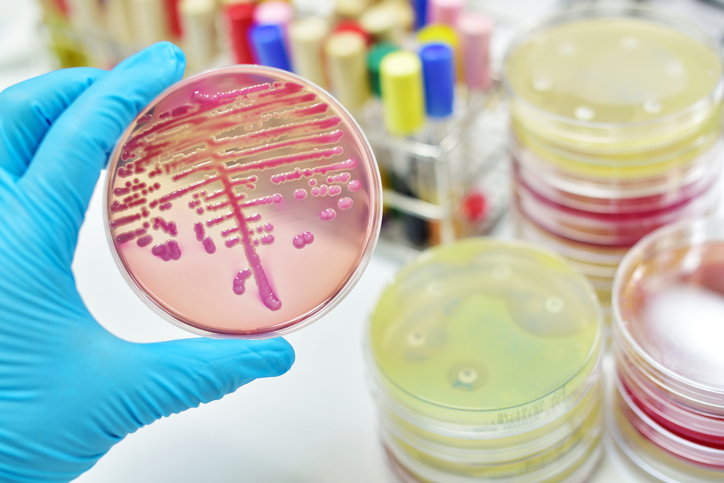 As the demand for newer, faster electronics rises, so does the amount of e-waste across the globe.
As the demand for newer, faster electronics rises, so does the amount of e-waste across the globe.
E-waste refers to discarded electrical and electronic equipment, the amount of which has risen by 63 percent in just the past five years. Globally, it’s observed that the volume of e-waste has hit an astonishing new peak, totaling in at over 40 tons – seven percent of which includes communication devices such as smartphones and computers.
The challenge of rising levels of e-waste is a global issue. A report from U.N. think tank, United Nations University, shows that in 12 Asian countries, the volume of e-waste increased by nearly two-thirds between 2010 and 2015. Hong Kong, for example, produced nearly 48 pounds per person in digital trash. To compare, the average waste from Europe and the Americas is approximately 34 pounds per person.
Because Asia buys about half of all electronics on the market, the uptick in e-waste is expected. However, the infrastructure to recycle and the laws that mandate such actions do not exist in these countries. In the United States, however, states such as New York have implemented bans on disposing of unwanted electronics, posing fines to those who do not properly recycle their devices.
E-waste shows both great potential and hazards for the world. On one hand, it’s estimated that in the United States alone, the over $50 billion is wasted in the form of digital trash that can be recycled for alternative uses.
Additionally, e-waste – which includes components such as lithium-ion batteries – if not properly disposed of, could lead to substantial amounts of health-threatening toxins such as mercury, cadmium, chromium, and ozone-depleting chlorofluorocarbons.
 More than 12,000 academics, including 40 Nobel laureates, have added their names to an online petition condemning U.S. President Donald Trump’s recent executive order that institutes “extreme vetting” of refugees and limits immigration from Iran, Iraq, Libya, Somalia, Sudan, Syria, and Yemen into the U.S.
More than 12,000 academics, including 40 Nobel laureates, have added their names to an online petition condemning U.S. President Donald Trump’s recent executive order that institutes “extreme vetting” of refugees and limits immigration from Iran, Iraq, Libya, Somalia, Sudan, Syria, and Yemen into the U.S.

 A joint research effort from Rice University and Kazan Federal University is demonstrating a new way to pull radioactive elements out of contaminated water. The researchers behind this study believe their results could go a long way in purifying the hundreds of millions of gallons of water that were contaminated after the Fukushima nuclear plant accident.
A joint research effort from Rice University and Kazan Federal University is demonstrating a new way to pull radioactive elements out of contaminated water. The researchers behind this study believe their results could go a long way in purifying the hundreds of millions of gallons of water that were contaminated after the Fukushima nuclear plant accident.
 The ECS Physical and Analytical Electrochemistry Division is currently accepting nominations for the prestigious Max Bredig Award in Molten Salt and Ionic Liquid Chemistry that will be recognized at the fall 2018 biannual meeting in Cancun, Mexico:
The ECS Physical and Analytical Electrochemistry Division is currently accepting nominations for the prestigious Max Bredig Award in Molten Salt and Ionic Liquid Chemistry that will be recognized at the fall 2018 biannual meeting in Cancun, Mexico: While not the only source of science, government funded research plays a huge role in the lives of many individuals. From something as simple as the weather apps underpinned by the National Weather Service to the Food and Drug Administration’s work on
While not the only source of science, government funded research plays a huge role in the lives of many individuals. From something as simple as the weather apps underpinned by the National Weather Service to the Food and Drug Administration’s work on  As the demand for newer, faster electronics rises, so does the amount of e-waste across the globe.
As the demand for newer, faster electronics rises, so does the amount of e-waste across the globe. Walk into your typical U.S. or U.K. grocery store and feast your eyes on an amazing bounty of fresh and processed foods. In most industrialized countries, it’s hard to imagine that food production is one of the greatest challenges we will face in the coming decades.
Walk into your typical U.S. or U.K. grocery store and feast your eyes on an amazing bounty of fresh and processed foods. In most industrialized countries, it’s hard to imagine that food production is one of the greatest challenges we will face in the coming decades. A recent report published by the National Oceanic and Atmospheric Administration (NOAA) states that the
A recent report published by the National Oceanic and Atmospheric Administration (NOAA) states that the  With the
With the